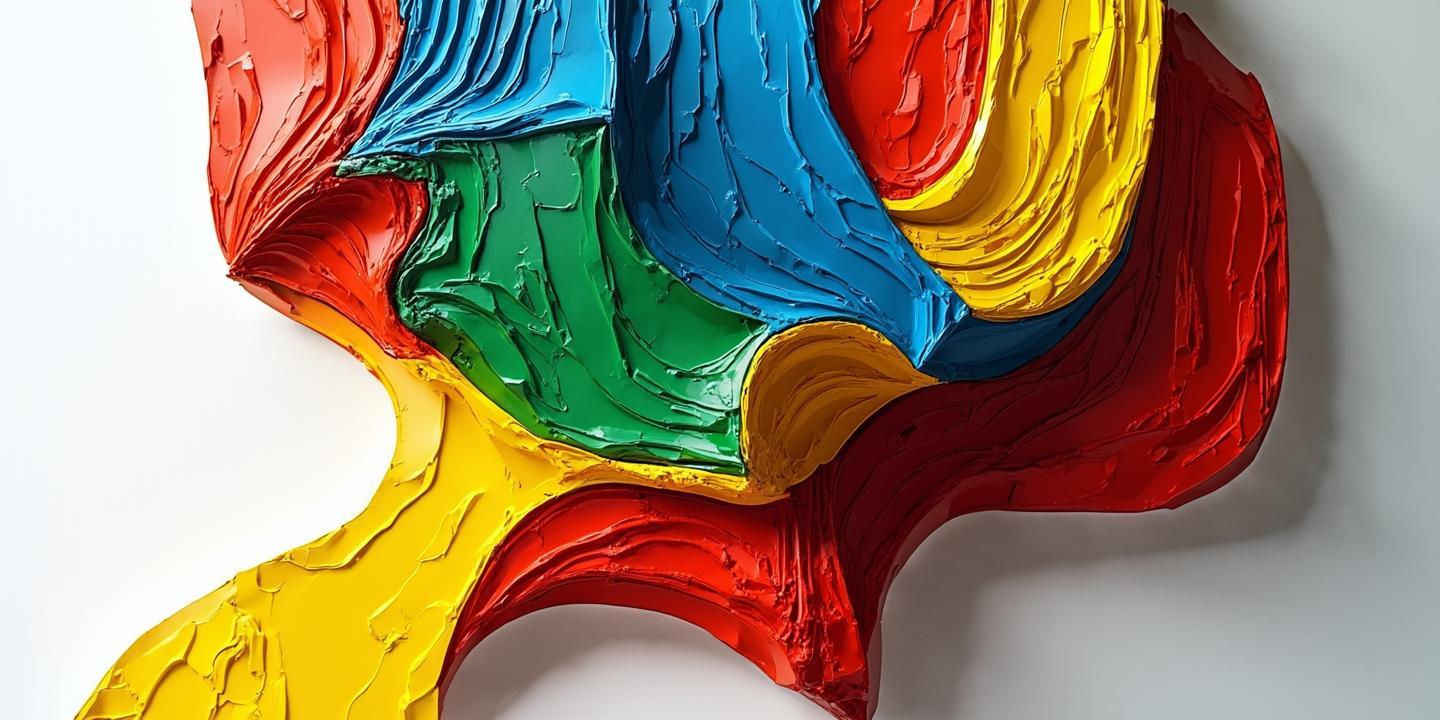
Introduction
Have you ever found yourself staring at a broken toy car, wondering how to fix it or where to even begin? Whether it’s a prized possession of your child or a nostalgic collectible, a broken toy car can quickly become a source of frustration. But don’t worry—repairing a toy car doesn’t have to be a daunting task. In this guide, we’ll walk you through the steps to assess the damage, gather the necessary tools, and seek professional help if needed. Plus, we’ll provide essential English phrases to help you communicate effectively when seeking repairs. Let’s get started!
Step 1: Assess the Damage
Before diving into repairs, take a moment to evaluate the extent of the damage. Is the toy car missing a wheel? Is the body cracked or completely snapped in half? Understanding the issue will help you determine whether you can fix it yourself or if you need professional assistance.
- For minor damage: Small cracks or loose parts can often be fixed with glue or basic tools.
- For major damage: If the toy car is severely broken, such as a snapped axle or shattered body, it might require more specialized repair.
Step 2: Gather the Necessary Tools
If you decide to attempt a DIY repair, make sure you have the right tools on hand. Here’s a checklist to get you started:
- Glue: Super glue or epoxy can work wonders for reattaching broken pieces.
- Screwdrivers: Small Phillips or flathead screwdrivers are essential for disassembling parts.
- Pliers: Useful for bending or adjusting metal components.
- Sandpaper: To smooth out rough edges before gluing.
Having the right tools not only makes the repair process easier but also ensures a more durable fix.
Step 3: Attempt Basic Repairs
For minor issues, try these simple fixes:
- Reattach broken parts: Apply a small amount of glue to the broken edges and hold them together firmly for a few minutes.
- Tighten loose screws: Use a screwdriver to secure any wobbly parts.
- Replace missing wheels: If a wheel is missing, check if it’s stuck inside the car or if you need to order a replacement.
Pro tip: Be patient and avoid rushing the process. A well-executed repair can extend the life of the toy car significantly.
Step 4: Know When to Seek Professional Help
Sometimes, DIY repairs aren’t enough, especially for intricate or valuable toy cars. In such cases, seeking professional help is the best course of action. But how do you communicate effectively in English when seeking repairs? Here are some key phrases to use:
Explaining the problem:
“My toy car is broken. The wheel came off.”
“The body of the car is cracked. Can it be fixed?”
“The motor isn’t working. Is it repairable?”
Asking for assistance:
“Can you help me repair this toy car?”
“Do you offer toy repair services?”
“How much will it cost to fix this?”
Providing details:
“It’s a remote-controlled car.”
“It’s made of plastic/metal.”
“I think the issue is with the axle/motor.”
Using these phrases will help you clearly communicate your needs and ensure the repair process goes smoothly.
Step 5: Explore Repair Services
If you’re unsure where to find professional toy repair services, consider these options:
- Local Toy Stores: Many stores offer repair services or can recommend a specialist.
- Online Platforms: Websites like eBay or Etsy often have sellers who specialize in toy repairs.
- Hobby Shops: These stores cater to enthusiasts and may have experts who can help.
When contacting a repair service, be sure to provide clear photos of the damage and describe the issue in detail. This will help the technician assess the situation and provide an accurate quote.
Step 6: Prevent Future Damage
Once your toy car is repaired, take steps to prevent future damage:
- Store it properly: Keep the toy car in a safe place, away from heavy objects or rough surfaces.
- Handle with care: Avoid dropping or mishandling the toy car, especially if it’s delicate.
- Regular maintenance: Check for loose screws or worn-out parts periodically and address issues early.
Remember, prevention is always better than repair.
Step 7: Learn Basic Repair Terms in English
If you’re in an English-speaking country or working with an English-speaking technician, knowing some repair-related vocabulary can be incredibly helpful. Here are a few terms to add to your toolbox:
- Axle: The rod that connects the wheels.
- Chassis: The base frame of the car.
- Motor: The engine that powers the car.
- Gear: The mechanism that controls movement.
- Screw: The small metal fastener used to hold parts together.
By familiarizing yourself with these terms, you’ll be better equipped to discuss repairs and understand the technician’s recommendations.
Step 8: Practice Patience and Persistence
Repairing a toy car, whether on your own or with professional help, requires patience and persistence. Don’t get discouraged if the first attempt doesn’t work—sometimes, it takes a few tries to get it right. And if you’re struggling to communicate in English, remember that most repair professionals are happy to work with you to find a solution.
Bonus Tip: Document the Repair Process
If you’re attempting a DIY repair, consider taking photos or notes as you go. This can help you remember the steps and make future repairs easier. Plus, it’s a great way to share your experience with others who might be facing similar issues.
By following these steps and leveraging the English phrases and vocabulary provided, you’ll be well on your way to fixing your toy car and keeping it in great condition for years to come.
猜你喜欢:27个英文字母
